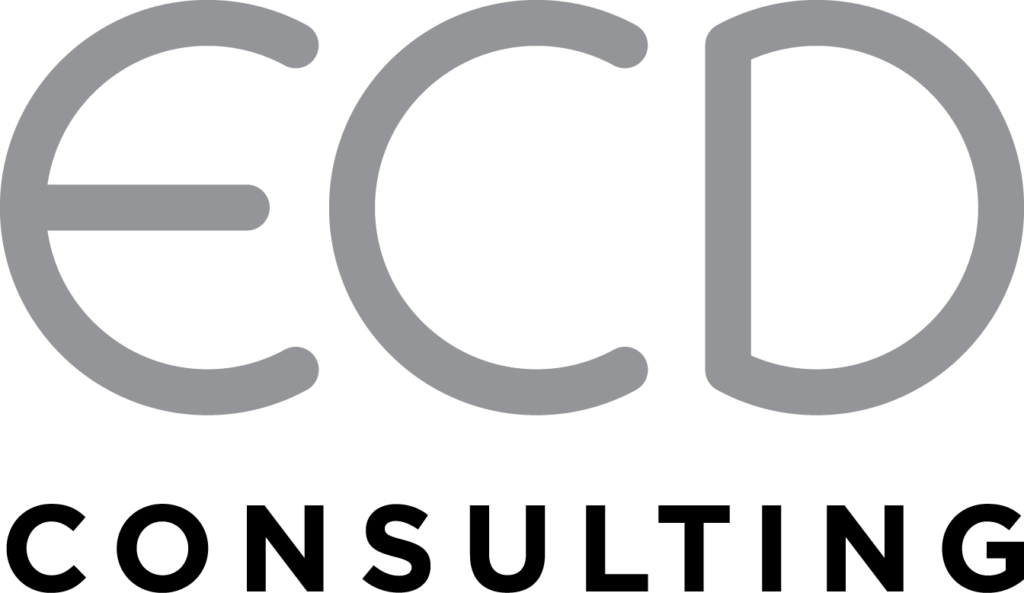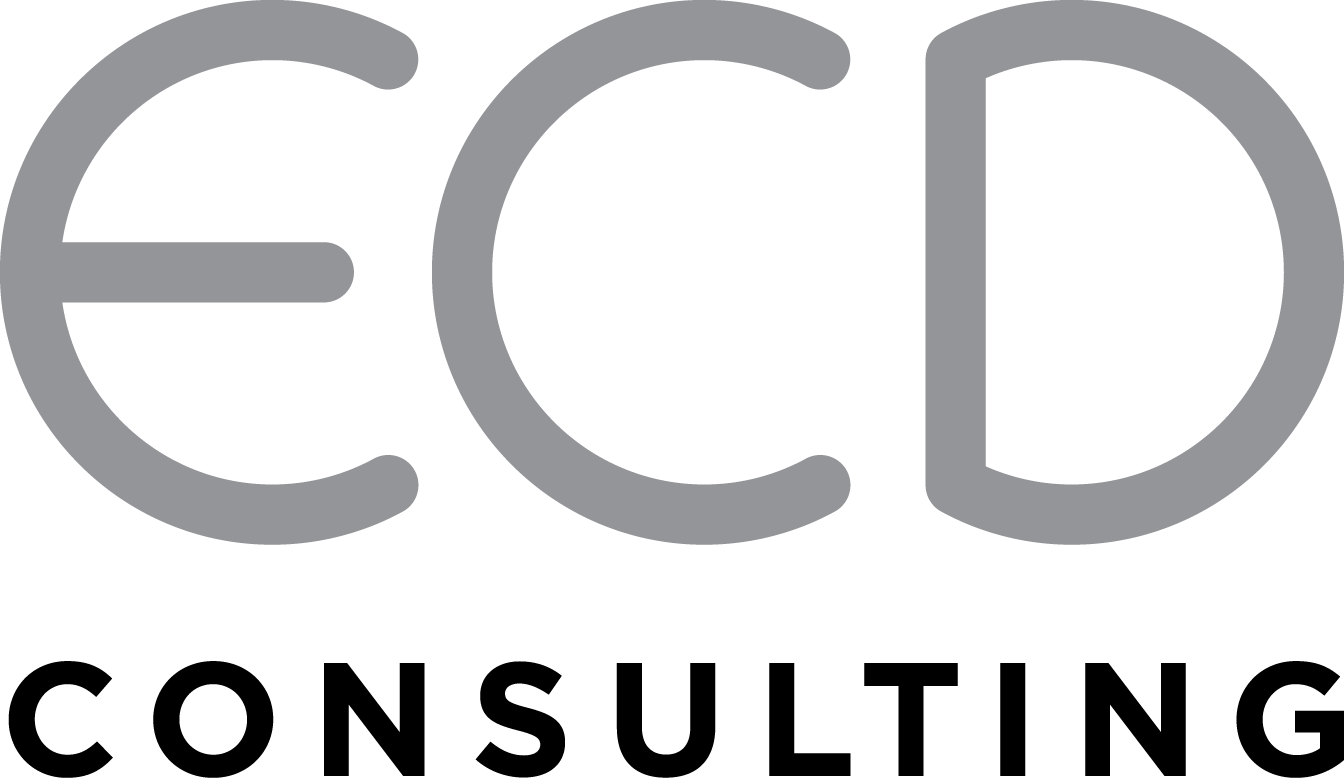As I returned back to work after a quick succession of two small humans joining our family, I was taken back to the College Deli at Christmastime circa 1999. The College Deli was the sanctioned meeting place of high school graduates returning to our hometown when on break from our respective universities. December 1999 would have been my first unofficial reunion with my high school cohort after our first few months away from home. In anticipation of this gathering hypotheses of who changed for the worse/better were undoubtedly swirling through my head. Surely, people would have evolved like I did. I had read Nietzsche! I had an eyebrow ring! I had mistakenly enrolled in and completed a graduate level course in virology! I knew things about the world that my 18-year old self didn’t know a mere 6 months prior. Walking into the College Deli, I realized that I was mistaken. People were the same. Telling the same jokes, ordering the same drinks, listening to the same music and popping their Polo shirt collars in the same manner. Oy!
Rebooting my consultancy practice and stepping into my first client engagement was very much like stepping onto the sticky floor of the College Deli. I expected business to have fully adopted the latest technology in workplace productivity and entered into a new era of harmonious efficiency. I had changed, after all. Two kids in two years will do that to you. Alas, not. Clients were very much operating in the same ways which I accepted in equal parts frustration that we, as a collective business community, hadn’t embraced change and comfort that things stayed as they were.
To add to the long list of benefits that mothers can contribute to the workplace after time away with family, is a fresh perspective (albeit a sleep deprived one) on how to un-stick organisations from their ruts.
Here are a few trend-toppers that don’t seem to quit. Are they the ABBA Gold of the business world and just too good to shelf? Or are these persistent relics of a bygone era?
Myers-Briggs
The Myers-Briggs Type Indicator® was developed in 1940 by a mother-daughter combo with no formal training in psychology who adapted Carl Jung’s now-defunct psychological principles into a test. It is still taken by over two million people per year despite the fact that several analyses have shown the test is totally ineffective at predicting people’s success in various jobs, and that about half of the people who take it twice get different results each time. Managing and constructing teams based upon their E’s and her T and his J certainly does not have the same ring of Dancing Queen.
Open Plan Offices
Walk into any office and chances are it’s open plan. Driven from the wholesome desire to increase interaction and collaboration, we’ve literally and figuratively broken down walls. The trouble is that employees don’t like it and data suggests it is having the opposite effect on workplace productivity. Further, the people in charge who continue to make decisions about the seating arrangements of their staff do so from the privacy of an enclosed executive suite. If we think about creating an environment that works for the most people the most amount of the time, it would not be open plan. Organisations should want people to have quiet time alone to think and plan. The open plan hypothesis was a good one and I’m glad we gave it a go, but let’s hang it up guys and re-think what we’re trying to achieve. Mamma Mia, I think not.
Agile Project Management
Agile is a project management methodology meant to drive continuous improvement in the development of a product or service using short development cycles or “sprints”, with high levels of collaboration across self-organising teams with customer satisfaction as the highest priority. Unfortunately I’ve only seen bastardised versions of Agile work in practice with the term “sprint” interpreted as a free pass to over-work teams and make them do more in shorter periods of time. Sprinting, by definition, is something that can only be sustained for short periods of time and not withstood project to project. S.O.S!
Not Agile Project Management
In addition to being too Agile, I also see teams not being agile enough. From Hive to Smart Sheet to Slack, there is a super-abundance of project management tools and software, cloud based for ease of use and team collaboration. Why is it then, that people are employed with the sole purposes of chasing task owners and updating Gantt charts. Professional project managers can play an elevated, pivotal role in aligning teams with organizational objectives, communicating up and driving change, but are too often used as project management Rottweilers which is a frustrating use of headcount and certainly not of Winner Takes it All ilk.
Alas, organisations are comprised of mere mortals like me and my high school friends clutching our warm beers at the College Deli and, as such, we hang onto our old habits and preferences. However, it is the imperative of a capitalistic society that businesses strive for continuous improvement and efficiency. Having a critical look at how we work and the tools we use is the only way to ABBA-solutely steel ourselves in this increasingly competitive and complex business world in which we operate.


